Reimagining the Davis Amtrak Station
Davis, CA
During the Spring Quarter of 2019 my Human-Centered Design class at UC Davis worked with the city of Davis, CA to reimagine the Amtrak station and the surrounding areas. I developed the project with Rachel Hartsough, the Arts and Culture Manager for the City of Davis with the aim of supporting a larger study by the city to explore ways to improve the station, decrease traffic congestion and encourage biking and public transportation to and from the station. Utilizing a human-centered approach to the challenge, the class interviewed potential users, developed a unique frame on the challenge, then developed concepts, prototyped the ideas, tested them, and then finally, presented their findings to a group of consultants and city officials at Davis City Hall.
- Goals
• Teach students the process of human-centered design
• Demonstrate the way human-centered design can inform real-world project
• Bring the voice of citizens and riders into the conversation for the City’s planning efforts
• Provide a sense of nuance to known issues for the project
• Service Learning & Community Engagement Pedagogy
This project (1) Integrated reflection practices into learning as a core part of the project. The human-centered approach at the center of this project is a reflective process at it core. The “framing” portion of this type of work requires deep analysis and reflection. Students must analyze the concrete things they they saw and heard and then explore what deeper meanings those observable phenomenon might suggest. To do this, I utilize a number of frameworks including empathy maps, questioning techniques, generic parts diagrams, guides, and stories to guide them towards powerful reflections. The project also addresses issues of citizenship through the students engagement with members of the community who they may not meet as part of their everyday lives. During the project, they were asked to go to the train station and interview people and learn about their lives. This simple act of listening is at the heart of being a good citizen. And finally, it actively promotes collaborative problem solving because the students are working in teams, and those teams are working with a variety of entities from the City of Davis, to Amtrak and downtown business. - Student/Participant Experience
This project brings a students’ personal ethics into play through the way they are asked to define a meaningful approach to the challenge. Students are asked to focus on users’ needs, rather than their own, but rather than merely following what users said, the students must interpret what they said, build upon it, and ideally, develop a solution that helps the users feel seen and heard. Unlike a project where a student can communicate her ethics (for example, a poster to promote composting), this project provides a more complicated, and therefore realistic version of the way their ethics exist in the messiness and conflict of a community where various stakeholders may not always agree. I challenged students to find ways to combine their ethical positions with the deeper needs being expressed by users. - Community Experience
This particular project is one of many that I have done in partnership with the City of Davis. I have partnered with the city and class projects during each quarter that this class is offered. During that period, I have created projects that help to make the city more attractive for recent graduates, reimagine a dilapidated plaza in the downtown area, drive engagement with the city’s green spaces and reimagine one of the city’s most iconic parks. I believe the ongoing nature of this collaboration speaks to the mutual benefits between the city and the campus. In each of these instances, the students have presented their findings at City Hall to a growing group of interested City Officials and outside stakeholders. The partnership has been successful enough that in Fall of 2019, the class project is to Reimagine the Railcar for Amtrak’s Capital Corridor. The main point of contact at Amtrak was at the student presentations for the project in June 2019 and was eager to have the students use this kind of approach on challenges that they are exploring. - Faculty/Staff Experience
I come to academia from industry. I have been a practicing designer for over 20 years. As such, I know how much learning can happen in a professional context and I believe that students learn best when they understand how their student projects will relate to the issues they will face once they are out of school. Throughout the course I reference the ways I undertook similar challenges and used similar methods in my work as a designer within industry. In addition, the fact that we have a partner who acts as a “client” gives the students the opportunity to think about the ways they need to communicate to a variety of stakeholders. This pushes them to be able to talk about their work in a variety of ways and communicate with design specific language in some instances, but also to translate what they did into higher levels of abstraction so that their process is legible to non-designer and community members. Many students have reflected that this project is “more like an internship” than a class and many of them come away talking about the ways that what they learned can be applied to all sorts of future jobs. - Institutional Priority
UC Davis strives to ”serve students by aligning resources with opportunities to foster curiosity, engaged citizenship and academic success”. This project acts as a stage in which these ideals are embodied. Academic success in this class is contingent upon a student’s ability to use their curiosity as a way to develop care and understanding of people who have a very different outlook. By synthesizing the perspectives of others with their own histories and experiences they are able to forge new ideas. These new ideas are not only solutions to a concrete project challenge, but also act as representations of the possibility of community where multiple perspectives can co-exist. - Future Goals
Increase students’ ability to address challenges with no clear answers Forge stronger connections between the community and UC Davis Highlight the power of human-centered design as tools for enhancing communities


